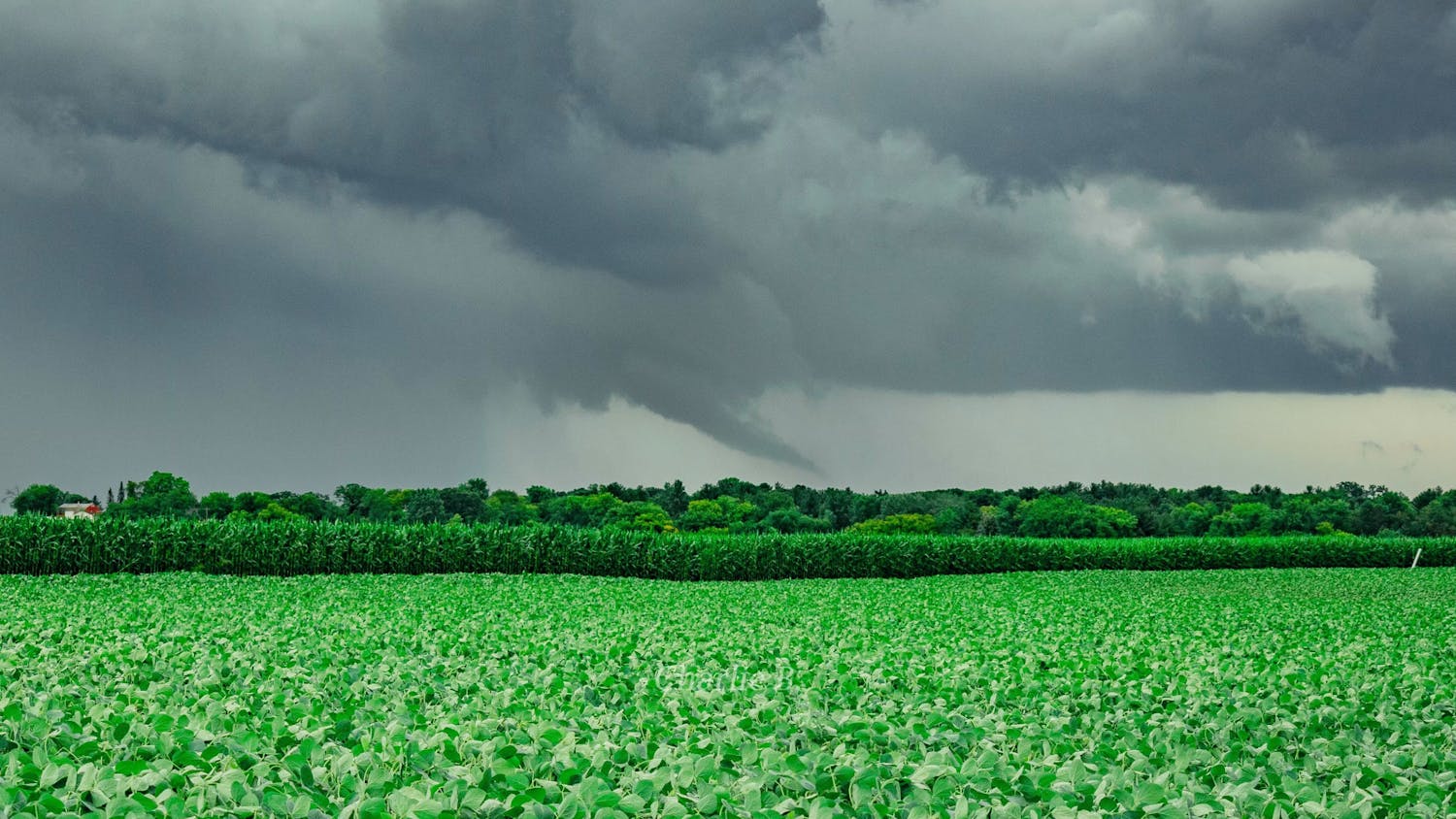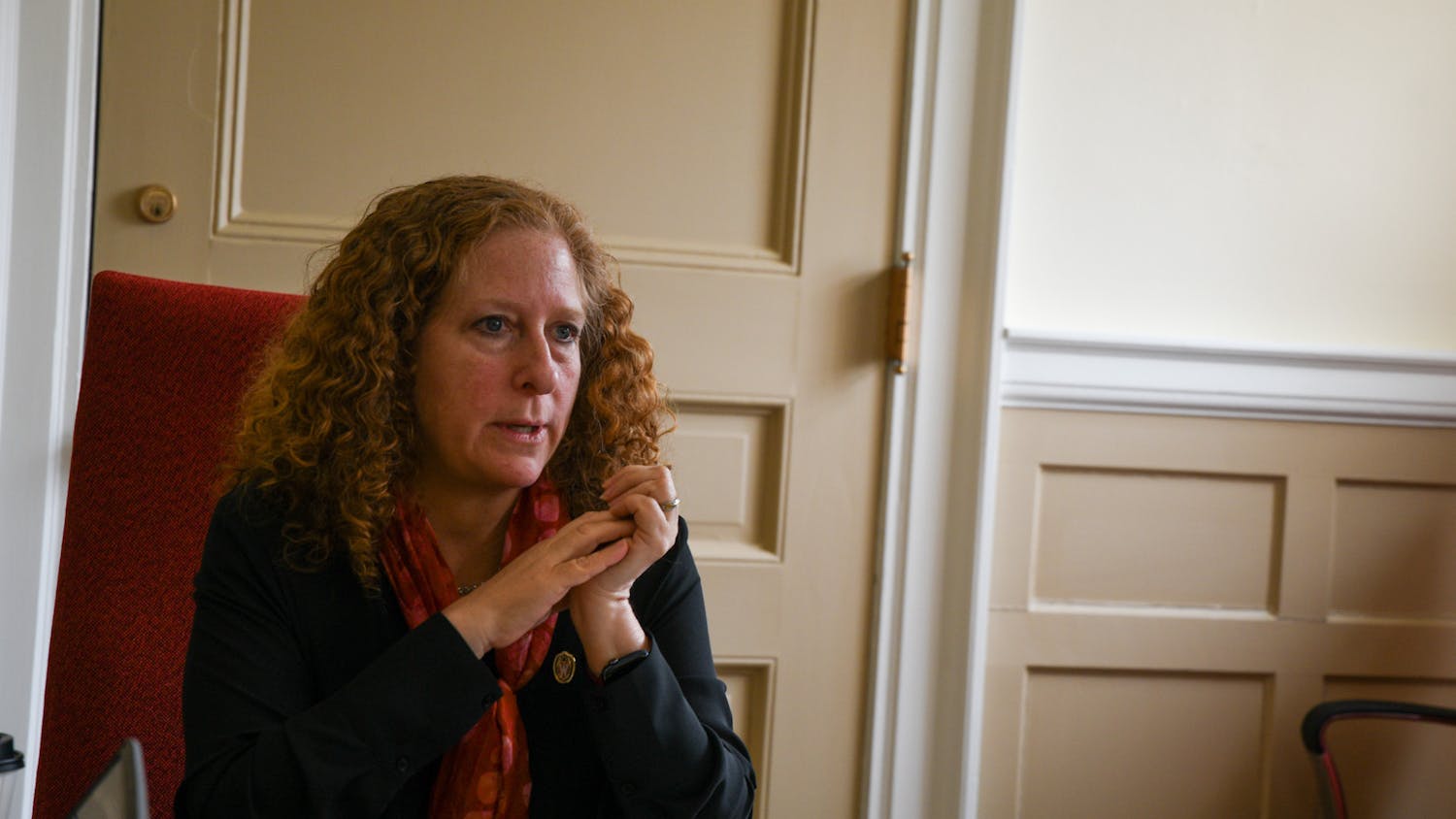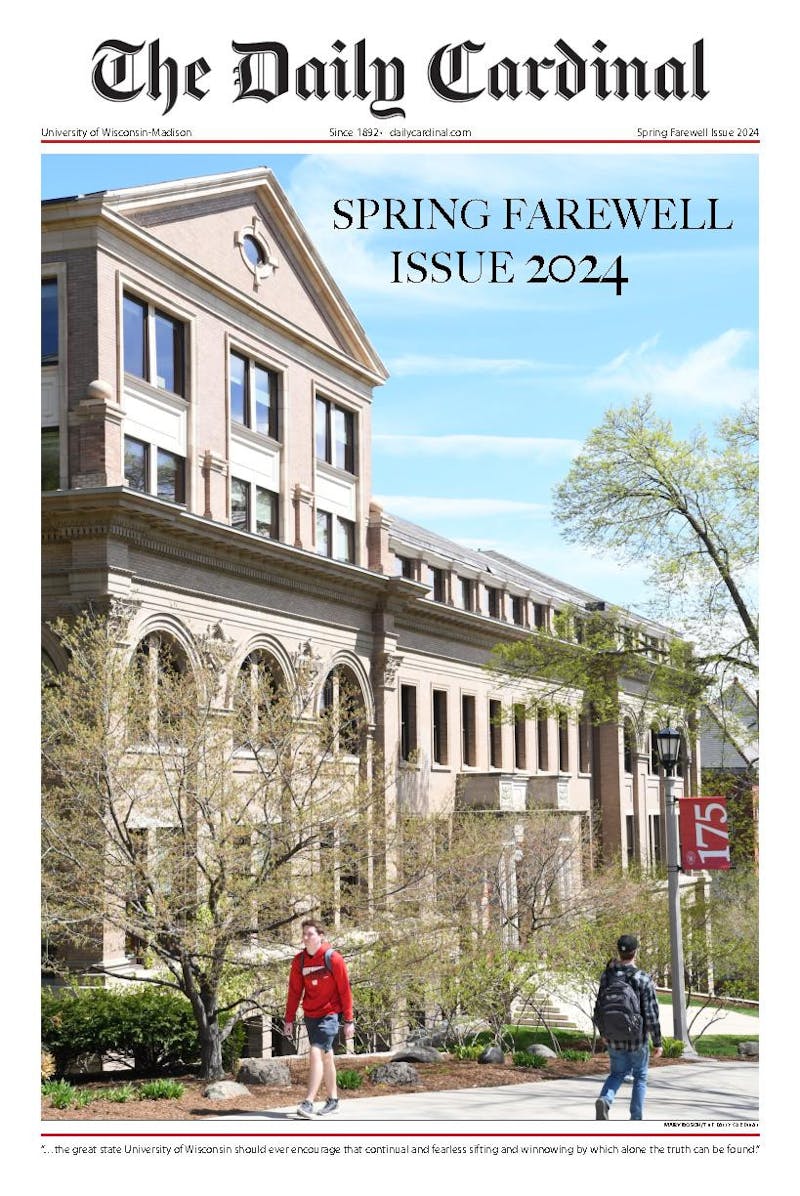A strange thing happened in a chemistry class last week: A debate broke out over the meaning of \indigenous people."" The discussion was not a diversion, however, because the course was Environmental Chemistry: Uranium and American Indians, a topics class in Chemistry 201. A new class this semester, Uranium and American Indians ""explore[s] the connections between uranium and the peoples of the Southwest who live on the land where the uranium was extracted,"" according to the syllabus.
During the Cold War, the government needed uranium to make nuclear bombs. Most of the uranium deposits were located in the Four Corners area near reservations, and many American Indians worked as uranium miners, unaware of its toxicity. They developed many health problems, the most prominent being lung cancer.
Uranium and American Indians is one of only two chemistry courses at Madison that ""really try to teach science through an issue, not just the science,"" according to Cathy Middlecamp of the chemistry department, one of the instructors.
""Learning about the human side makes chemistry come alive,"" said Omie Baldwin of University Health Services, the other instructor.
Uranium and American Indians is the only chemistry class at Madison that fulfills the ethnic studies requirement.
The ethnic studies component attracted UW-Madison sophomore Merry Schuman to the class.
""I decided to take it mostly because I was intrigued by the chemistry and ethnic studies mixture. I felt like most of the chemistry classes are really isolated. They don't connect chemistry to social issues,"" she said.
Meeting twice a week, Middlecamp lectures on Tuesdays, focusing on chemistry, and Baldwin, a member of the Navajo tribe, lectures on Thursdays, focusing on Navajo culture.
""It's really neat to have those two perspectives. Cathy can always give us concrete answers. Omie gives us answers from her own personal experiences,"" said UW-Madison sophomore Ingrid Remak.
The instructors want students to see from a different point of view. At the beginning of the semester, Baldwin gave students handouts written entirely in Navajo. The paper was a treaty the students were to sign. With little information on what the paper said, it gave students a lesson in what it was like for Native Americans dealing with European settlers.
""I thought it was so neat to hear Omie speak Navajo, and for us not to understand. No one knew what to do. None of us had ever been in that situation before,"" said Remak.
""I thought it was really cool. There was no pressure. We all knew it was just a class exercise, but it helped me to imagine what it would be like to be in that situation,"" said Schuman.
Students learn a lot of chemistry as well. To enroll in the class, one semester of general chemistry or an equivalent is required. ""The science is kind of hard, but it's interesting enough to learn it,"" Remak said. ""We learn just enough science to know what's going on.""
Middlecamp recommends the class to anyone interested in ""seeing chemistry in the bigger picture."" About 20 students of different levels, from freshman to graduate student, attend Uranium and American Indians this semester. The instructors hope to continue teaching the class once a year.





